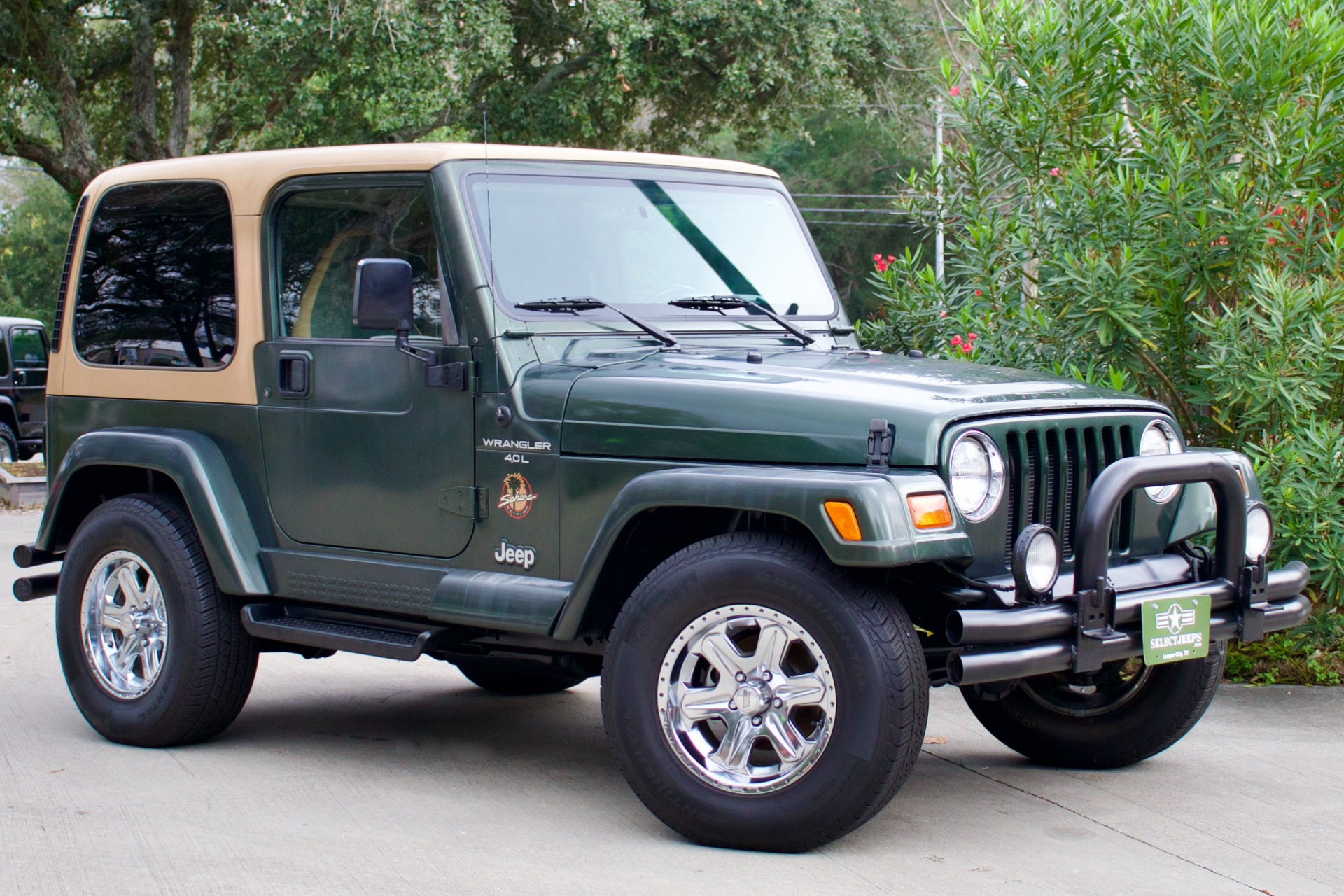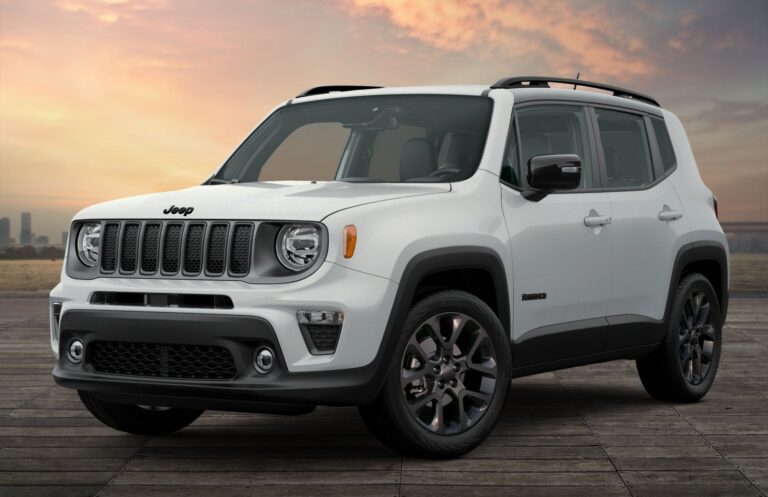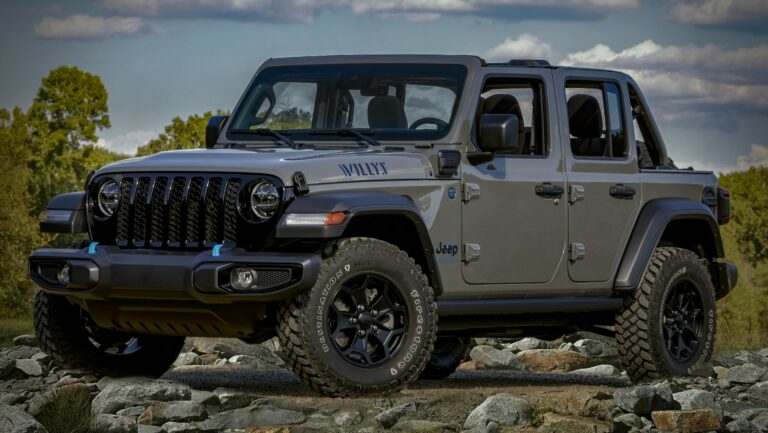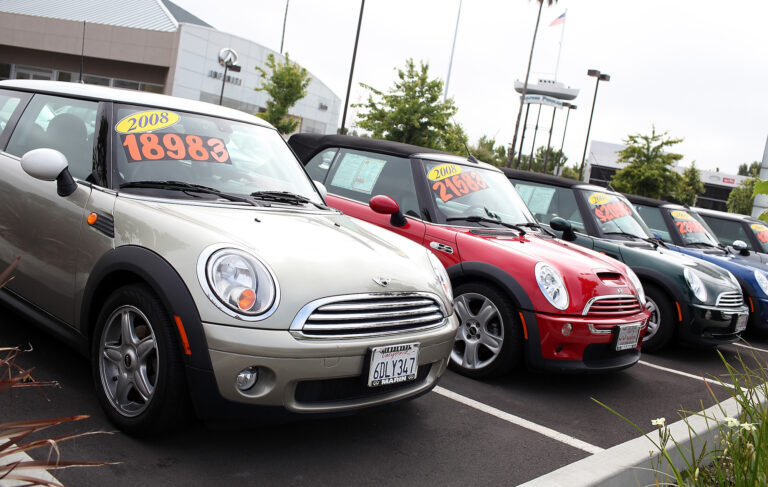1998 Jeep Wrangler 2.5 Engine For Sale: Your Comprehensive Guide to Reviving Your TJ
1998 Jeep Wrangler 2.5 Engine For Sale: Your Comprehensive Guide to Reviving Your TJ /jeeps.truckstrend.com
The 1998 Jeep Wrangler TJ holds a special place in the hearts of off-road enthusiasts and casual drivers alike. Known for its iconic round headlights, rugged build, and go-anywhere attitude, the TJ era is highly sought after. At its core, the standard powerplant for many of these beloved vehicles was the robust yet straightforward 2.5-liter, four-cylinder engine. If you’re currently facing engine issues with your 1998 TJ, or perhaps embarking on a restoration project, the search for a "1998 Jeep Wrangler 2.5 engine for sale" becomes a critical mission. This article serves as your definitive guide, exploring everything you need to know about acquiring, understanding, and maintaining this essential component to keep your classic Wrangler rolling.
Understanding the Heart of Your TJ: The 2.5L "Iron Duke"
1998 Jeep Wrangler 2.5 Engine For Sale: Your Comprehensive Guide to Reviving Your TJ
Before diving into the buying process, it’s crucial to understand the engine itself. The 2.5-liter (150 cubic inch) inline-four engine, often affectionately referred to as the "Iron Duke" (though technically a later evolution of AMC’s four-cylinder, not GM’s original Iron Duke), was a staple in Jeep Wranglers from 1997 to 2002. In 1998, this engine produced around 120 horsepower and 140 lb-ft of torque. While these figures might seem modest compared to its larger 4.0L inline-six sibling, the 2.5L engine offers several distinct advantages:
- Simplicity: Its less complex design generally means easier maintenance and fewer components to fail.
- Fuel Efficiency: While still a Jeep, the 2.5L typically offers better fuel economy than the 4.0L, especially on trails where high power isn’t constantly needed.
- Cost-Effectiveness: Often, replacement parts and even entire engines for the 2.5L can be more affordable.
- Torque at Low RPMs: Despite lower overall horsepower, the 2.5L delivers decent low-end torque, which is beneficial for technical off-roading where crawling speed is key.
However, it’s also important to acknowledge its limitations. The 2.5L can feel underpowered on highways, especially when dealing with larger tires or significant payloads. Common issues include exhaust manifold cracks, oil leaks from various gaskets (especially the valve cover and oil pan), and occasional distributor problems. Understanding these characteristics will help you make an informed decision when evaluating a potential replacement engine.
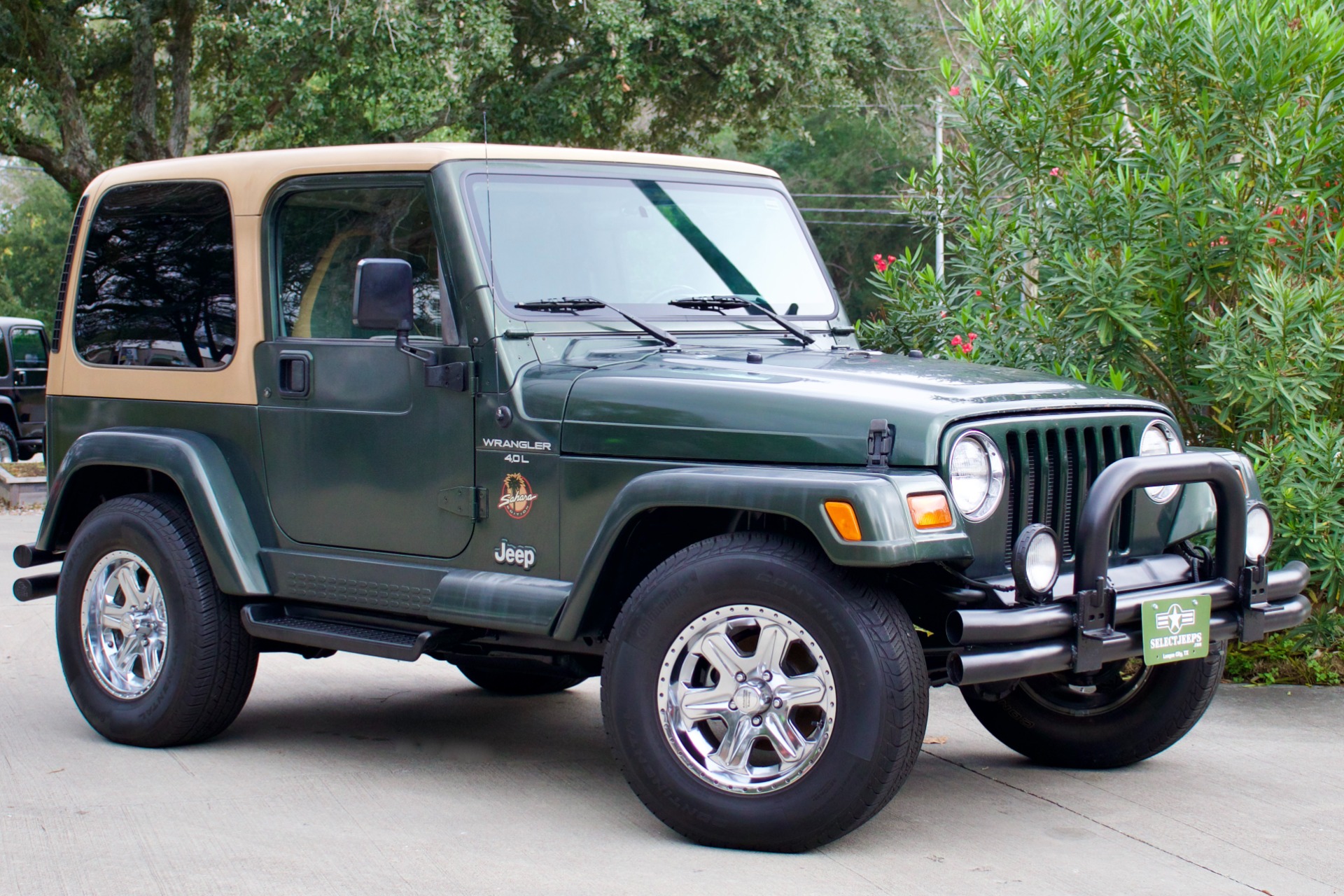
Why the Search for a 1998 Jeep Wrangler 2.5L Engine?
The need for a replacement engine typically arises from a few common scenarios:
- Engine Failure: The most obvious reason. A seized engine, thrown rod, major internal damage, or catastrophic overheating can render your current engine irreparable or uneconomical to fix.
- High Mileage and Wear: After decades of service, even a well-maintained 2.5L can lose compression, burn oil excessively, or develop persistent issues that make a swap more practical than continuous repairs.
- Restoration or Project Build: For enthusiasts restoring a classic TJ, starting with a fresh engine (whether new, rebuilt, or low-mileage used) ensures a solid foundation for their project.
- Cost-Effectiveness: In many cases, replacing the engine is significantly cheaper than purchasing an entirely new (or even used) vehicle, especially if the rest of your Wrangler is in good condition. It preserves the sentimental value and investment already made in your current Jeep.
Where to Find Your Replacement 2.5L Engine
The market for used and remanufactured engines is vast, but knowing where to look can save you time, money, and headaches.
- Online Marketplaces (eBay, Facebook Marketplace, Craigslist): These platforms offer a wide array of used engines from private sellers or smaller shops.
- Pros: Often the lowest prices, potential to find local deals.
- Cons: Higher risk of buying a "lemon," limited or no warranty, difficult to verify condition without in-person inspection.
- Salvage Yards/Auto Recyclers: Local and national salvage networks (e.g., LKQ, U-Pull-It) are excellent sources for used engines pulled from wrecked vehicles.
- Pros: Cost-effective, often come with basic warranties (30-90 days), can sometimes verify mileage from donor vehicle.
- Cons: Condition varies greatly, often sold as "long blocks" with no accessories, history might be unknown.
- Specialized Jeep Parts Dealers/Online Retailers: Companies like Quadratec, Morris 4×4, or dedicated engine suppliers often sell new crate engines or professionally remanufactured units.
- Pros: Highest quality, comprehensive warranties (1-3 years), often include new accessories or are complete "drop-in" units.
- Cons: Significantly higher cost.
- Engine Rebuilders: Local or regional engine rebuilding shops can either rebuild your existing engine or sell you a core-exchanged rebuilt unit.
- Pros: Customized to your needs, often come with good warranties, supports local businesses.
- Cons: Can be time-consuming if rebuilding your own, core charge applies if you don’t have one.
- Jeep Forums & Enthusiast Groups: Websites like JeepForum.com, WranglerForum.com, or local Facebook groups for Jeep owners are great for finding private sellers, getting recommendations, and networking.
- Pros: Community support, potential for good deals from fellow enthusiasts.
- Cons: Similar risks to general online marketplaces.
Key Considerations Before Purchasing
Buying an engine, especially a used one, requires careful diligence. Here’s what to look for:
- Condition (Used vs. Remanufactured vs. New):
- Used: Cheapest, but highest risk. Ideal for budget projects or if you can inspect thoroughly.
- Remanufactured: A good balance of cost and reliability. These engines have been disassembled, inspected, worn parts replaced, and reassembled to factory specifications.
- New Crate: Most expensive, but zero miles and full warranty. The ultimate peace of mind.
- Mileage (for Used Engines): Lower is always better. While a 2.5L can last 200,000+ miles, a used engine with significantly less mileage offers more life.
- Compression Test Results: Absolutely critical for used engines. Ask the seller for documented compression test results for all four cylinders. Consistent readings above 120 psi (and within 10-15% of each other) are ideal. Avoid engines with low or wildly inconsistent compression.
- Oil Pressure: If possible, ask for a video of the engine running and showing good oil pressure. This indicates the health of the oil pump and bearings.
- Warranty: Always inquire about the warranty. Used engines might have 30-90 days, remanufactured engines often have 1-3 years, and new engines typically have standard manufacturer warranties. Understand what the warranty covers (parts, labor, shipping) and what voids it.
- Completeness: Will you receive a "long block" (block, crank, rods, pistons, head) or a "complete" engine (including intake manifold, exhaust manifold, sensors, throttle body, distributor, etc.)? A complete engine is easier to swap, but a long block is often cheaper if your existing accessories are good. Factor in the cost of transferring or replacing these components.
- Shipping Costs: Engines are heavy! Factor in freight shipping costs, which can be hundreds of dollars, especially for cross-country shipments.
- Seller Reputation: Check reviews, ask for references, and look for red flags. A reputable seller will be transparent and willing to answer questions.
- Visual Inspection: Look for signs of severe overheating (discolored metal), major oil leaks, cracked blocks or heads, or evidence of tampering.
The Installation Process and Associated Costs
Once you’ve acquired your 1998 Jeep Wrangler 2.5L engine, the next step is installation.
-
DIY vs. Professional:
- DIY: Possible for mechanically inclined individuals with proper tools (engine hoist, stand, socket sets, torque wrench) and a service manual. It’s a significant undertaking requiring patience and attention to detail.
- Professional: Recommended if you lack the tools, time, or experience. A reputable mechanic specializing in Jeeps can perform the swap efficiently and correctly.
-
Associated Costs Beyond the Engine: Don’t forget these:
- Fluids: Engine oil, coolant, power steering fluid, transmission fluid (if applicable).
- Gaskets & Seals: Intake manifold, exhaust manifold, valve cover, oil pan, rear main seal (if not included with engine).
- Sensors: Crankshaft position sensor, camshaft position sensor, oxygen sensors (if old ones are questionable).
- Hoses & Belts: Radiator hoses, heater hoses, serpentine belt.
- Spark Plugs & Wires: Good practice to replace.
- Motor Mounts: Consider replacing if old ones are worn.
- Labor: If professional installation, labor costs can range from $800 to $2000+ depending on location and shop rates.
-
Break-in Procedure: If you’ve purchased a new or remanufactured engine, follow the manufacturer’s break-in recommendations meticulously. This usually involves specific oil changes, varying RPMs, and avoiding heavy loads for the first few hundred miles to allow components to seat properly.
Maximizing the Lifespan of Your "New" Engine
Once installed, proper maintenance is key to ensuring your 2.5L engine provides many more years of reliable service:
- Regular Oil Changes: Use the correct weight and type of oil as specified in your owner’s manual (typically 5W-30 or 10W-30). Adhere to the recommended intervals, especially after the break-in period.
- Cooling System Maintenance: Flush the coolant periodically, inspect radiator hoses, and ensure the thermostat and water pump are functioning correctly. Overheating is a killer for any engine.
- Tune-Ups: Replace spark plugs, spark plug wires, and the air filter as per maintenance schedule.
- Address Leaks Promptly: Even minor oil or coolant leaks can indicate underlying issues or lead to bigger problems if ignored.
- Listen to Your Jeep: Pay attention to unusual noises, smells, or warning lights. Early detection of problems can prevent costly repairs.
1998 Jeep Wrangler 2.5 Engine Price Guide
Please note that these are estimated price ranges and can vary significantly based on location, seller, engine condition, and market demand. Shipping costs are typically extra.
| Engine Type/Condition | Source/Completeness | Estimated Price Range (USD) | Typical Warranty | Notes |
|---|---|---|---|---|
| Used | Salvage Yard (Long Block) | $500 – $1,200 | 30-90 Days | Variable condition, often needs accessories |
| Used | Private Seller (Complete) | $700 – $1,500 | None | Inspect thoroughly, run video if possible |
| Remanufactured | Engine Rebuilder (Long Block) | $1,500 – $2,500 | 1-2 Years | Core charge may apply, good value |
| Remanufactured | Specialized Dealer (Complete) | $2,000 – $3,500 | 1-3 Years | Often includes new gaskets/sensors |
| New Crate Engine | Specialized Dealer | $3,000 – $5,000+ | 3+ Years | Highest quality, zero miles, premium price |
(Prices do not include shipping or installation labor)
Frequently Asked Questions (FAQ)
Q: Is the 2.5L engine reliable?
A: Yes, generally. The 2.5L is known for its simplicity and durability. While it has common issues like exhaust manifold cracks and oil leaks, it’s a solid engine if properly maintained.
Q: Can I put a 4.0L engine in my 2.5L TJ?
A: Yes, it’s a popular swap, but it’s not a direct bolt-in. It requires significant modifications, including engine mounts, transmission (often different bell housing), wiring harness, ECU, exhaust, and potentially radiator/cooling system upgrades. It’s a complex and costly project, best left to experienced mechanics or DIYers with advanced skills.
Q: What’s the average lifespan of a 2.5L engine?
A: With regular maintenance, a 2.5L can easily last 150,000 to 200,000 miles, and many examples exceed 250,000 miles.
Q: What should I look for when buying a used 2.5L engine?
A: Prioritize a compression test, look for signs of overheating or major leaks, ask for service history if available, inquire about a warranty, and consider the seller’s reputation.
Q: Do these engines have common problems I should be aware of?
A: Yes, common issues include cracked exhaust manifolds, various oil leaks (valve cover, oil pan, rear main seal), and occasional problems with the distributor (which houses the cam position sensor). These are generally manageable issues.
Q: Is it worth replacing the engine, or should I just buy another Jeep?
A: This depends on the overall condition of your current Jeep. If the frame is solid, the body is rust-free, and the transmission/transfer case are in good shape, replacing the engine is often a more economical and satisfying choice than buying another used TJ with unknown issues. If the rest of the Jeep is falling apart, a new vehicle might be more practical.
Conclusion
Finding a "1998 Jeep Wrangler 2.5 engine for sale" is more than just a transaction; it’s an investment in the continued life of a truly iconic vehicle. Whether you opt for a budget-friendly used unit, a reliable remanufactured option, or a pristine new crate engine, understanding the nuances of the 2.5L and the purchasing process is paramount. By carefully considering your options, asking the right questions, and budgeting for all associated costs, you can successfully bring your beloved TJ back to life, ensuring many more years of rugged adventures on and off the beaten path. The simplicity and enduring charm of the 2.5L Wrangler make the effort well worth it, proving that some legends are truly built to last.
